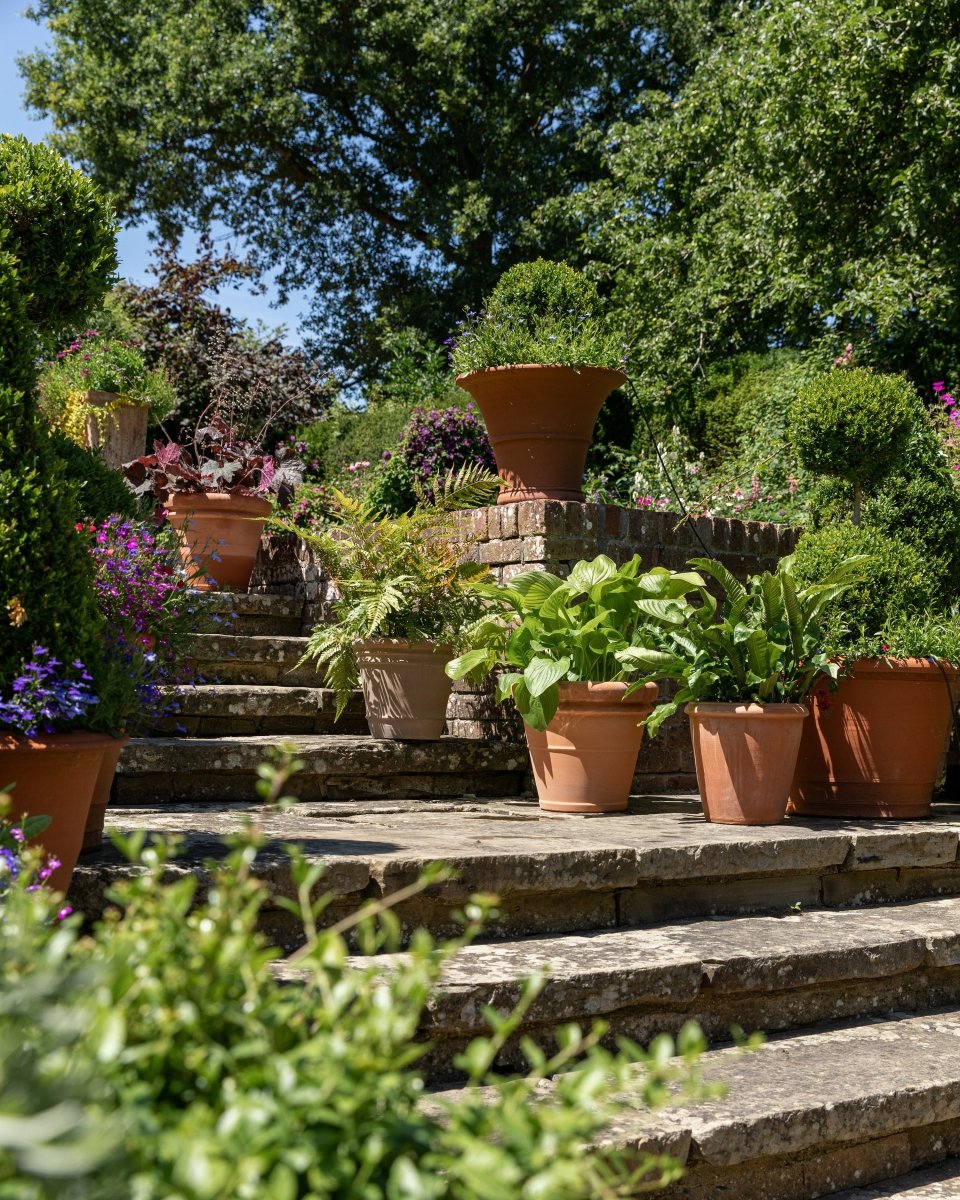1. Light Requirements
- Bright, indirect sunlight: Strelitzia reginae thrives in bright light but can also tolerate partial shade. Place the plant near a window that gets plenty of natural light.
- Avoid direct harsh sunlight: Especially during midday, as it can scorch the leaves.
2. Watering
- Watering frequency: Keep the soil consistently moist during the growing season (spring and summer). Water thoroughly when the top 1–2 inches of soil are dry to the touch.
- Winter care: In cooler months (autumn and winter), reduce watering frequency. Allow the soil to dry out slightly between waterings to prevent root rot.
- Drainage: Ensure the pot has good drainage holes to avoid waterlogged soil, which can lead to root rot.
3. Soil
- Well-draining soil: Use a rich, well-draining potting mix. A mixture of standard potting soil with added perlite or sand to improve drainage works well.
- Slightly acidic to neutral soil pH: Ideally, the soil pH should be between 5.5 and 7.5.
4. Humidity and Temperature
- Humidity: Strelitzia reginae does well in average humidity levels but appreciates a bit of extra humidity in very dry environments.
- Temperature: This plant prefers warm temperatures (18–21°C). Avoid exposing it to temperatures below 10°C. Protect the plant from cold draughts or sudden temperature changes, especially during the winter.
5. Fertilisation
- Feeding schedule: Feed every 2–4 weeks during the growing season (spring and summer) with a balanced, water-soluble fertiliser (10-10-10 or similar). Cut back on feeding during autumn and winter when the plant's growth slows.
6. Pruning and Maintenance
- Pruning: Remove dead or damaged leaves regularly to encourage new growth and keep the plant looking tidy.
- Cleaning the leaves: Wipe down the leaves occasionally with a damp cloth to remove dust, which can block light from reaching the plant.
- Repotting: Repot the plant every 2–3 years or when it becomes root-bound. Use a slightly larger pot each time.
7. Propagation
- Division: The most common method to propagate Strelitzia reginae is by dividing the rhizomes. This is best done when repotting a mature plant.
- Seeds: You can also grow new plants from seeds, but it’s a slow process and may take several years for the plant to bloom.
8. Pest Control
- Common pests: Watch out for pests like spider mites, mealybugs, and aphids. Treat infestations promptly with insecticidal soap or neem oil.
- Preventive care: Regularly inspect the plant for signs of pests and ensure good air circulation around the plant to prevent infestations.
9. Flowering
- Blooming time: Bird of Paradise plants can take a few years to mature and bloom. When they do, the striking flowers typically appear in late autumn or early winter, resembling the head of a tropical bird.
- Encouraging blooms: Adequate sunlight, warmth, and consistent care will encourage more frequent flowering.





















